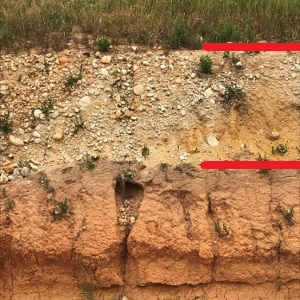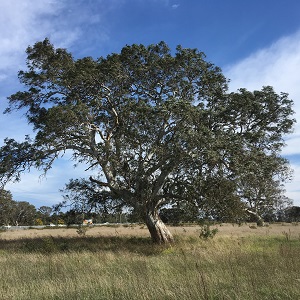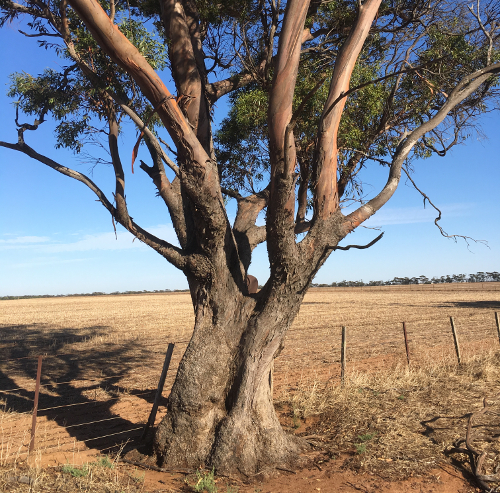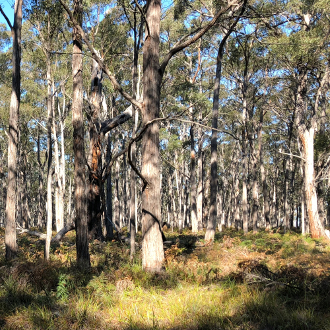Important Changes to Native Vegetation Clearing Regulations in Victoria
The Victorian Government has enacted revisions to the native vegetation clearing regulations. These changes came into effect on 12th December 2017.
The program of actions resulting from changes includes amendments to the Victoria Planning Provisions (VPP). For those working in urban planning, environmental law, infrastructure and urban development, it is particularly important to stay abreast of these revisions and be aware of the potential impact on your projects.
About the Revisions
According to the Department of Environment, Land, Water and Planning (DELWP), the amended regulations are designed to support better consideration of biodiversity elements in decision making and fairer offset obligations.The revisions broadly include:
- Avoidance. A greater emphasis on the avoidance of native vegetation removal (primarily for Intermediate and Detailed Assessment Pathway applications), including how the three-step approach of ‘avoid’, ‘minimise’ and ‘offset’ has been undertaken.
- Assessment pathways. Consistent with the current Biodiversity Assessment Guidelines, Basic and Intermediate Assessment Pathway applications may not require a site assessment, while Detailed Assessment Pathway applications must include a site assessment report.
- Updated maps. Updated maps to consider additional values of native vegetation, such as endangered Ecological Vegetation Classes and large trees (a large tree can either be a scattered large tree or a large tree contained in a patch).
- Mapped wetlands. The inclusion of mapped wetlands which are treated as a patch of remnant native vegetation, and if they are proposed to be impacted must be offset.
- Location categories. Changes to the location categories and a reduction in the extent thresholds from one hectare to 0.5 hectares, which is used to determine one of three possible Assessment Pathways (i.e. Basic, Intermediate or Detailed).
- Site assessed information. The ability for site assessed information to have a greater role in decision making.
- Large trees. Offsets must protect large trees when they are permitted to be removed (i.e. the offset secured must include the protection of at least one large tree for every large to be removed).
- Exemptions. Additions and changes to the exemptions under Clause 52.16 and 52.17 Table of Exemptions (e.g. an added exemption for utility installations and another exemption for ’conservation work’).
- Monitoring offsets and losses. Increased commitment to monitoring and reporting on native vegetation losses and offsets.
Further Information
To discuss these changes or the possible implications on your projects, please contact our natural heritage team on 1300 839 325.














